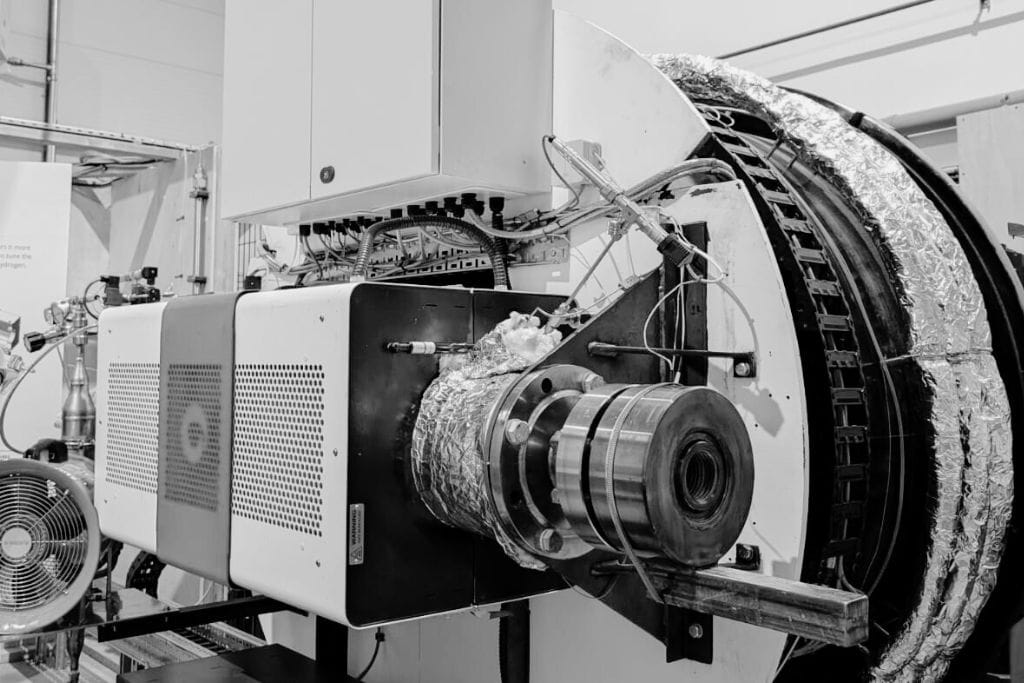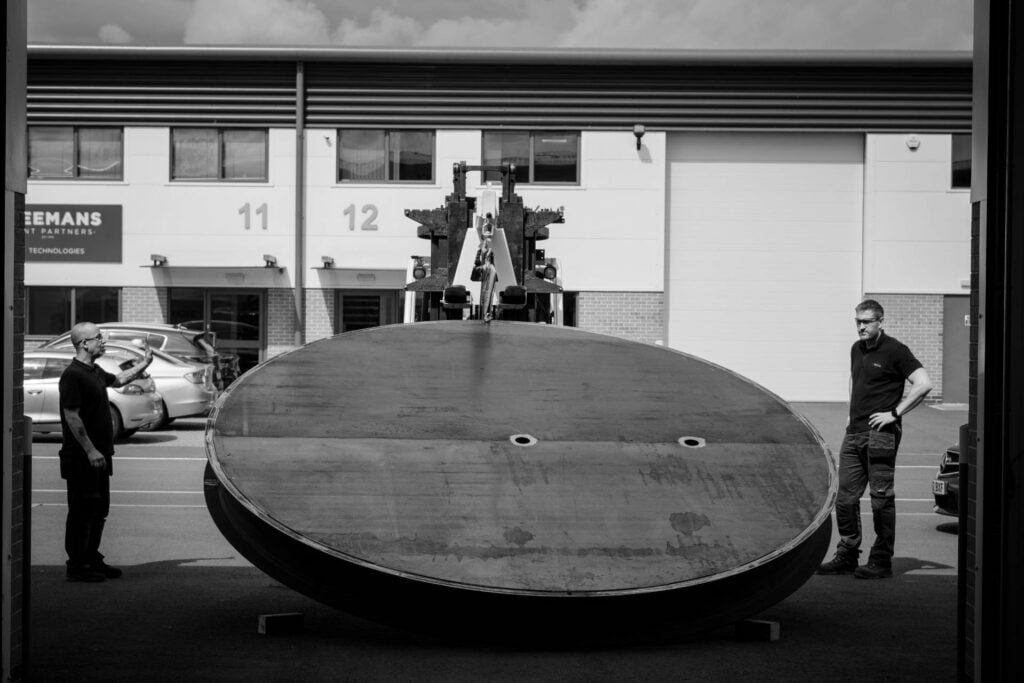Micro – a global first of its kind
An innovation that reshapes possibilities on a global scale, its expanded design renders it remarkably more robust and less sensitive than its predecessor. This upscaling, coupled with far fewer physical limitations, initiated our exploration into broader parameters, revealing deeper insights within the process.
Like its predecessor, the Micro model achieved more than we expected, with yields nearly twice as high. But it’s not just about outdoing previous models – the Micro is also providing insights that help optimize the process.
After lots of experimentation, we found that the technology is incredibly versatile. It can be adjusted for different outcomes, like producing more hydrogen, methane, or even activated carbon.
We’re using the Micro to explore different materials for fuel, from plants to seaweed, compost, sewage, and plastics. Each avenue helps us learn more and expand our potential.
Because we’re confident in the technology and our ability to surpass production goals, we’re now taking on a new challenge that wasn’t originally part of the Micro’s design. We’re focusing on making the technology more energy-efficient and able to recover heat, a big step toward sustainability.
Micro V2.0: Advancing Efficiency and Reliability Summer 2024
We’re excited to share the progress on our Micro V2.0 prototype, which has undergone significant enhancements to increase its capacity and improve performance. Originally developed to demonstrate the feasibility of our technology and test different feedstocks, Micro V2.0 has now evolved into a more advanced system.
Key upgrades include a larger reactor, a new steam injection system, and full automation of the rotation process, making it easier to handle more substantial batches and allowing for more precise testing. The addition of advanced control systems further boosts safety and precision, while new loading and sealing mechanisms have increased our testing throughput. These refinements enable us to run multiple tests daily and gather more robust data on various feedstocks.
The improvements to Micro V2.0 mark a crucial step forward in our development pathway, enabling us to optimise operational parameters and explore new configurations as we prepare for larger-scale projects. With better reliability, efficiency, and flexibility, we are well-positioned to push the boundaries of carbon-negative hydrogen production and continue to innovate our technology.
We’re looking forward to sharing more updates as we continue to refine and scale up our processes, moving closer to our goal of transforming hydrogen production for a cleaner future.




